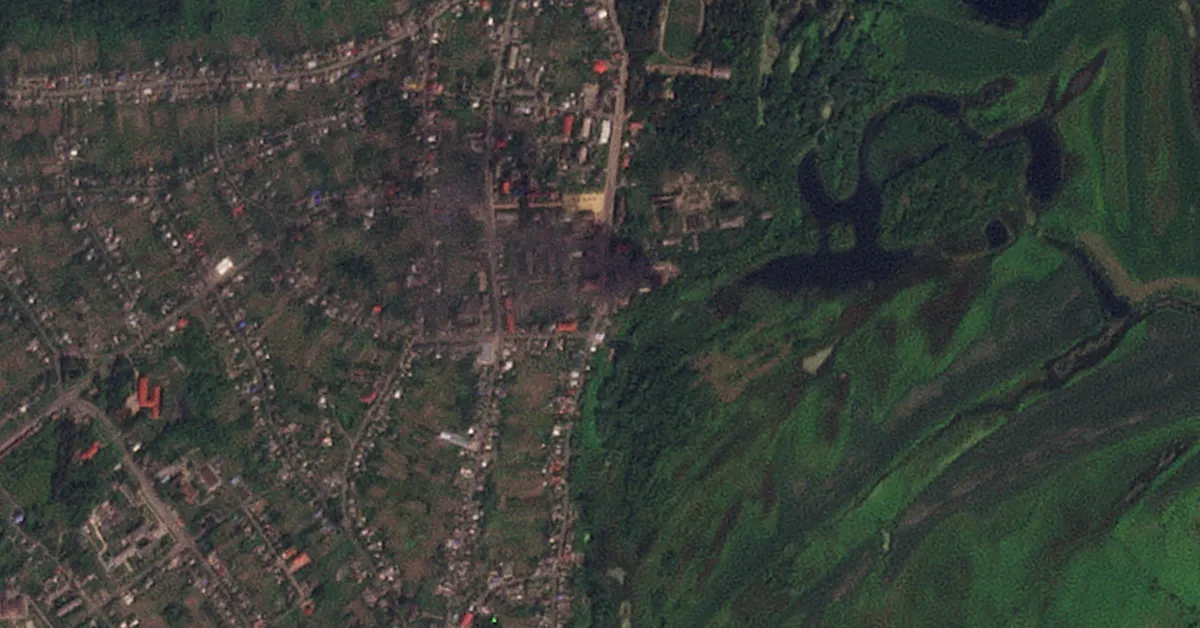
As of March 20, U.S. and European intelligence assessments indicate that while Ukrainian soldiers in Kursk have experienced losses in recent days, they are not encircled by Russian forces. This counteracts statements made by U.S. President Donald Trump and Russian President Vladimir Putin, according to three officials familiar with the intelligence evaluations. These insights have been shared with the White House by various U.S. intelligence agencies, including the CIA, over the past week.
Despite these assessments, President Trump has continued to assert that Ukrainian troops are surrounded in the Kursk region of western Russia. Officials have clarified that while Ukrainian forces are under significant pressure from Russian advances, they are not completely surrounded, as previously claimed. This misinformation surrounding the situation in Kursk raises concerns regarding the accurate portrayal of the conflict.
On March 13, Putin claimed that Ukrainian forces in Kursk were cut off and faced a dire choice of surrender or death. Experts suggest that this statement was part of a propaganda strategy aimed at demonstrating Russian concessions to save Ukrainian lives, thereby giving Putin leverage in potential ceasefire negotiations. Following this, Trump took to social media on March 14, stating he urged Putin to spare the lives of Ukrainians he claimed were entirely surrounded and vulnerable, to which Putin responded by offering mercy contingent on their surrender.
Trump reiterated the assertion of encircled Ukrainian forces during a recent speech at the Kennedy Center in Washington and in a subsequent Fox News interview. The U.S. National Security Council has not directly addressed inquiries regarding these intelligence assessments but referred to a joint statement from Secretary of State Marco Rubio and National Security Adviser Mike Waltz. This statement highlighted Trump’s communication with Ukrainian President Volodymyr Zelenskiy, emphasizing their agreement to continue sharing intelligence about Kursk.
Ukrainian President Volodymyr Zelenskiy has vehemently denied claims that Ukrainian forces are encircled, labeling Putin's assertions as false. Zelenskiy acknowledged the challenging position of his military in Kursk and anticipated ongoing Russian attacks as they strive to push Ukrainian forces from the area. Requests for comments from Zelenskiy’s office and the Russian embassy in Washington have not received immediate responses.
Since August, when Ukrainian troops initially made significant gains across the border into Kursk, the situation has dramatically shifted. Reports indicate that Ukraine has lost nearly all the territory it once held, which included almost 500 square miles, now reduced to a mere 20 to 30 square miles.
During a phone call with Putin on Tuesday, Trump received a promise from the Russian leader to suspend attacks on Ukraine's energy infrastructure for 30 days. However, this commitment falls short of the comprehensive ceasefire Trump has advocated for, which Zelenskiy has indicated Ukraine would be willing to accept. Observers interpret this as part of Putin's strategy to reinforce the narrative of Russian success in the war, suggesting that further resistance from Ukraine is futile.
Mark Cancian, a retired Marine Corps colonel and senior adviser at the Center for Strategic and International Studies, noted that both parties are strategically positioning themselves for future negotiations. While Russian forces appear to be making gradual advances in Kursk, officials and battlefield experts maintain that Putin's claims from March 13 lack accuracy. The Institute for the Study of War, a prominent U.S.-based conflict monitor, reported on March 14 that there is no geolocated evidence to support the assertion that Russian forces have encircled a significant number of Ukrainian troops in Kursk Oblast or along the broader frontline in Ukraine.
In summary, the conflict in Kursk remains a complex and evolving situation, with significant implications for both military strategy and international diplomacy. The ongoing misinformation surrounding the circumstances adds a layer of complexity to the understanding of the current military landscape.